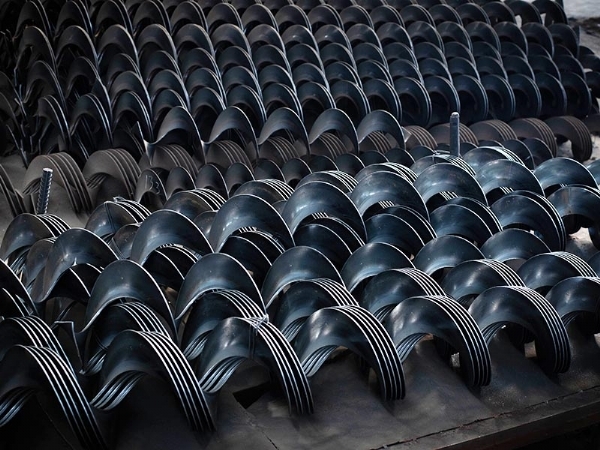 2024-6-12
2024-6-12Spiral blades are mainly used for conveying materials with high viscosity and compressibility. During the completion of conveying operations, they also have and complete functions such as stirring and mixing of materials.
Spiral blades, also known as auger blades, are the main working components of screw conveyors. It directly comes into contact with the material, pushing it to move, thus achieving the purpose of transporting the material. The design forms of spiral blades include solid spiral surface, belt spiral surface, and blade spiral surface, and the choice of these forms depends on the characteristics of the material and the conveying requirements. The application of spiral blades is very extensive, not only used for conveying block, granular, powdery and other materials, but also suitable for some high-temperature and corrosive materials, effectively replacing manual handling and improving production efficiency.
The methods for manufacturing spiral blades include single piece stamping and welding, extrusion forming, winding forming, cold rolling forming, etc. These methods ensure the quality and performance of the blades and have advantages such as high production efficiency, saving raw materials, good blade quality, high hardness, and good wear resistance. The characteristics and advantages of spiral blades make them play an important role in various industrial applications, whether it is food processing, chemical industry, or other industries that require material transportation.
